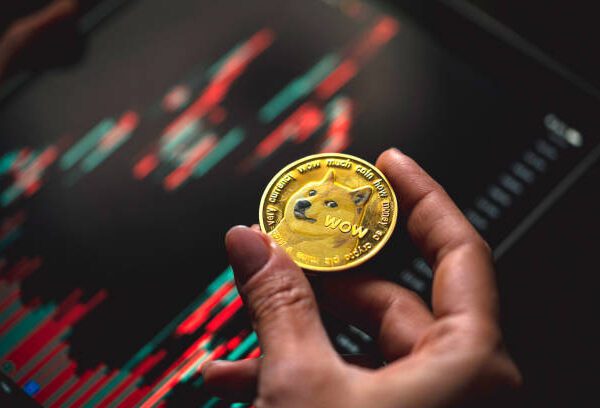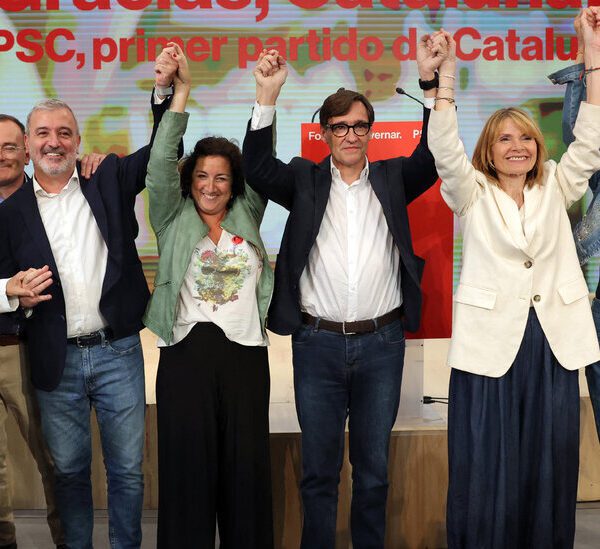

Glow is an Ethereum-based solar project attempting to achieve 100% renewable energy by decentralizing electric grids around the world. The company is less than a year old and has raised $30 million in a funding round led by Framework Ventures and Union Square Ventures.
Glow operates a decentralized physical infrastructure network, or DePIN, of solar farms in the United States and India. To encourage the farms on its network to outperform “dirty” energy grids, the founders designed an entire economy based on an incentive model of subsidies and tokens.
“The way it works now is that Glow seeks out solar farms that are borderline viable and gives them just barely enough money to get them over the line for construction,” CEO and co-founder David Vorick said. “And then the financer, the one who’s giving out that money, that person is the one who earns all the token rewards.”
Glow helps struggling solar farms by covering the costs of getting them up and running with money from financiers, “either crypto or private equity investors that see a good case for returns,” Vorick said. He calls this a “recursive subsidy.” Then, the farm must contribute their electricity revenue to an incentive pool to be distributed to other solar farms.
In order to reward these farms for their work, audits of each farm are performed periodically to assess and verify their output of electricity and Glow carbon credits— Vorick’s spin on carbon credits, tax benefits awarded to traditional solar farms for reducing greenhouse gas emissions, that he says are inefficient.
Each week 175,000 tokens are distributed to the highest-performing farms. Owners of each farm receive the stablecoin USDC for the production of Glow carbon credits and GLW, the native token, for electricity production.
Usually in solar farming, subsidies are allocated based on output rather than profitability, resulting in money being wasted on profitable solar farms without creating more energy, Vorick says.
“But this recursive subsidy solves that conundrum, and makes it so that any money you spend incentivizing the construction of solar is laser focused on solar that is just barely able to exist without help, and that means that your subsidy is having a lot more real world impact,” Vorick said.
GLW is used to purchase carbon credits and then those tokens are pulled out of circulation, creating price pressure and bringing value to the Glow ecosystem, Vorick says.
“The glow economy and the glow token is backed by the value of the solar assets that are being produced on the protocol,” he said.
There are 63 operational solar farms on the Glow network which have produced 365 megawatt hours of electricity to date. The company plans to onboard a new 4 megawatt solar farm in India soon.
This funding round includes $6.5 million of funding for the company and $23.5 million of solar investment. Vorick plans to use the money to scale the company from 5 megawatts of power to 600 megawatts within the next 18 months and expand into new countries.
“So long as stakeholder interest in carbon neutrality continues, we think Glow could see massive adoption across multiple markets,” Michael Anderson, Co-founder of Framework Ventures said in a statement















